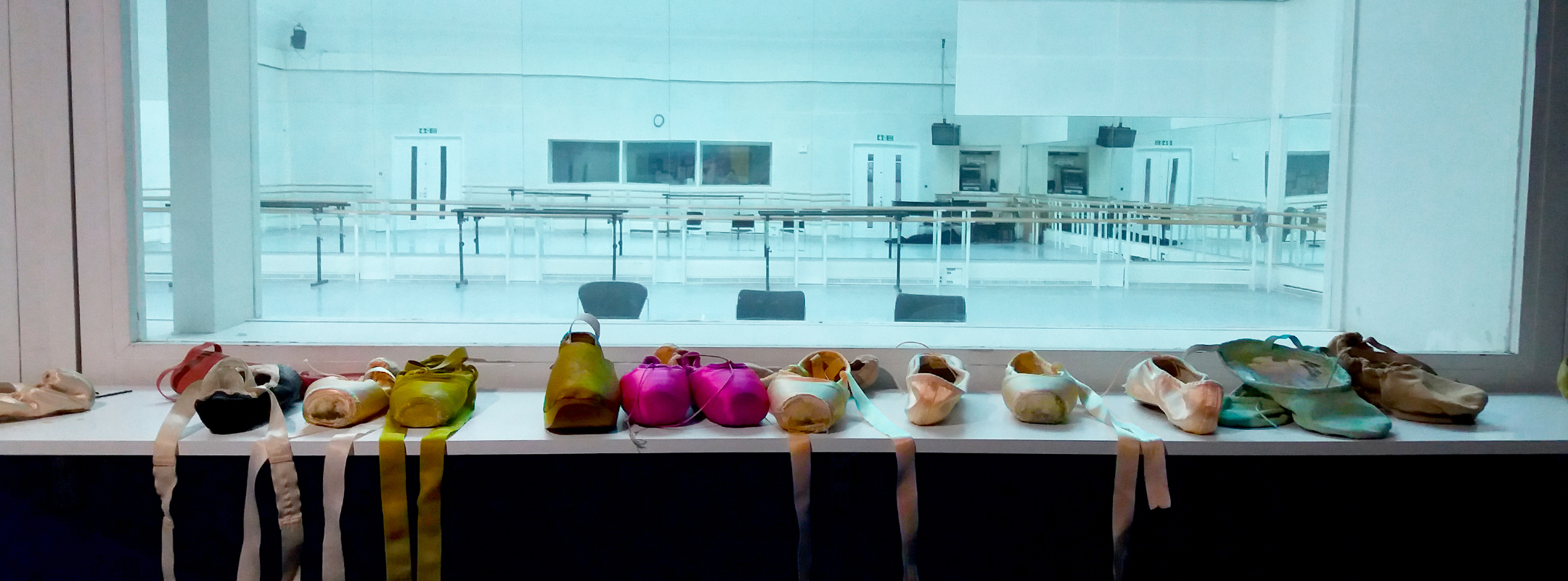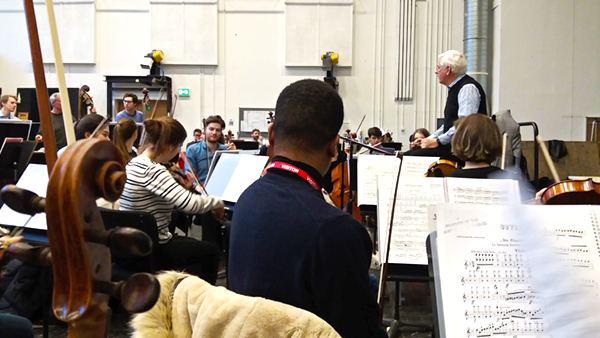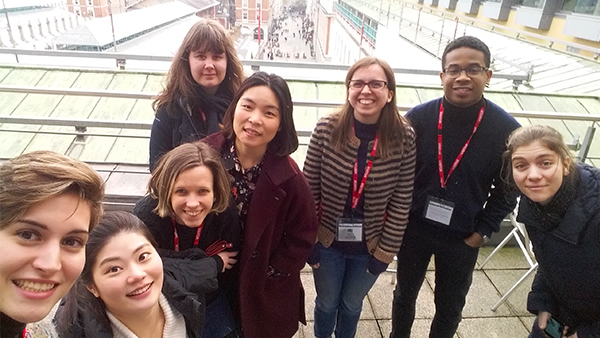
VIOLIN
It was a very snowy Sunday and Southbank Sinfonia were off to the Royal Opera House to play side-by-side with their orchestra. We started the day playing an aria from Donizetti’s opera Lucia di Lammermoor with soprano Haegee Lee. It was such a bubbly start to the day! I was sat in the first violin section with Kaoru Yamada, a violinist of the orchestra sitting in our section. We spent the day playing arias and learning from such fine, experienced musicians. I couldn’t think of a better weekend!
I would like to share with you two essential concepts I learnt after our day with the Orchestra of the Royal Opera House (OROH): listening and sound production. Listening is very important when playing in any orchestra, but it becomes fundamental in an opera house. You need to constantly listen out for what the singers are doing, how they are phrasing their melodic lines, if they are pulling or pushing the tempo, and then react almost instantly. The music requires the musicians to be active at all times and, of course, there is no room to switch to your automatic mode of playing.
I would like to call this 'Adaptive listening and playing' and give a few examples of when it is necessary. First of all, Bel canto - translated as ‘beautiful singing’ and referring to a technique popular in early 19th-century Italian opera by composers such as Rossini, Bellini and Donizetti. It is essentially a section with beautiful melodic lines and embellishments, where the singers display their impressive vocal technique. Adaptive listening and reacting is very important in these extremely free sections as you need to be prepared for any artistic decisions the singer may make in the moment. Knowing about the vocal range of the singer you are playing with is also very important in the process of listening. For instance, when playing with a soprano her high notes are often bright and loud, and her low notes softer. This means the orchestra needs to be particularly careful when the soprano is singing in her lower register so as to not drown her out. The same applies to crescendos. Crescendos are increases in the intensity of the music and are marked in the score. However, the start and intensity of crescendos in the orchestra of an opera house depends on the singer they are accompanying and therefore you have to be constantly listening and relying on the conductor to get this balance right.

My view for the afternoon with our conductor Paul Wynne-Griffiths
Sound production is also a crucial factor. The orchestra of an opera house provides the singers with a sound platform and, at the same time, is independent and equally important. We always need to look for a rich sound; every note is alive, has a different colour, nuance, and needs to speak.
“There aren’t any moments when you can sit back and relax in the orchestra of an opera house. You need to create the best sound you can in every single note you play, in every single pizzicato…” Paul Wynne-Griffiths, our conductor for the day
When I played with Kaoru Yamada, what I found most inspiring (and something to work towards) was the precision and care she took with every single note. The end of phrases that are usually so neglected, all the pizzicatos (plucked strings) and so on were given equal importance. She was also constantly looking up and listening 120% to what was going on. By doing this experience and playing with the OROH players, I realised that they really care for the details, and it’s those tiny details that make the difference!
Sunday came to an end, but that wouldn’t be the only time that I would play at the Royal Opera House. The following week I was going to play, along with my Southbank Sinfonia friends, in an audition masterclass in front of a panel formed of three musicians from the orchestra.

The violin section (Beatrix, far left) on the roof of the Royal Opera House in the snow
For me, preparation for an audition means putting in all the work I need so that when I am about to walk in the audition room I know that I am 100% prepared. There is nothing worse than going to an audition having thoughts such as: ‘I should have practised my excerpts more...’. When you are confident you have done all you could, you are in the right state of mind to have a successful audition. For me, preparation consists not only of practise (including mental practice away from the instrument) but also research. Research is learning about the composer and when in their career they composed the piece. I listen to different recordings of different orchestras and learn the part in its context of the whole orchestra (what is happening in the orchestra, what are the other instruments playing and who you would have to listen to if you were playing this in an orchestra?).
This audition masterclass was one of the most challenging yet rewarding things I have ever done and I still smile when I think of that experience. When you feel out of your comfort zone, that’s when you progress and grow.
Find out more about Beatriz here